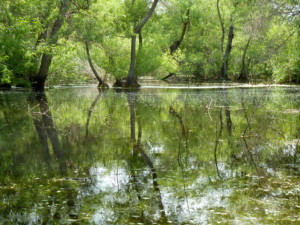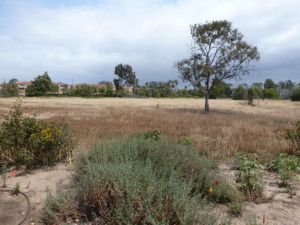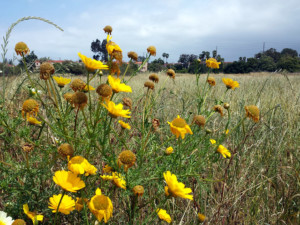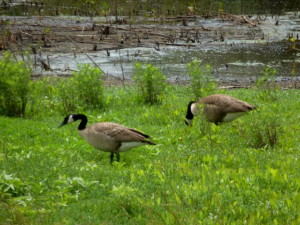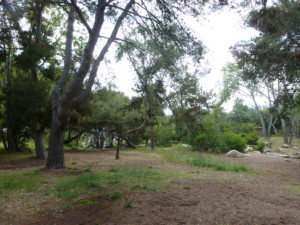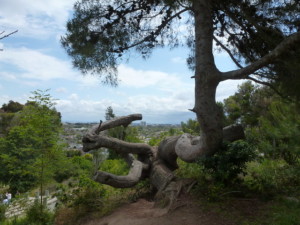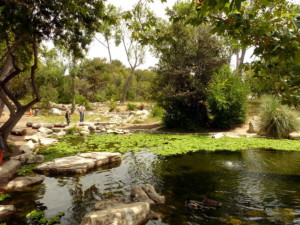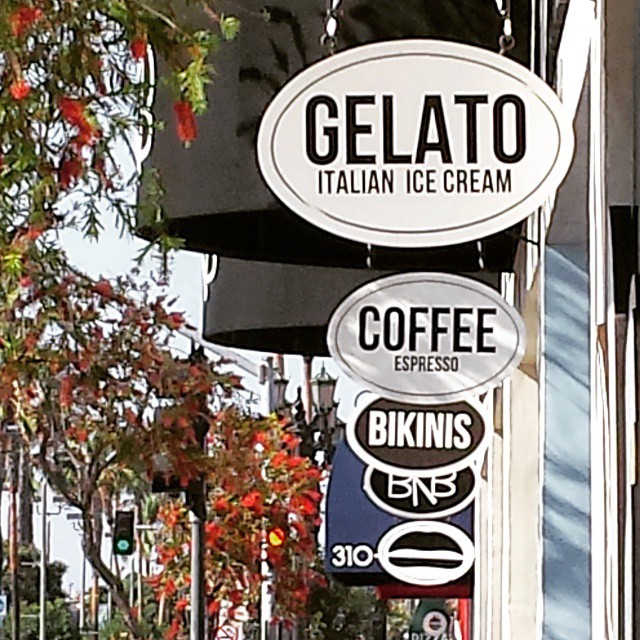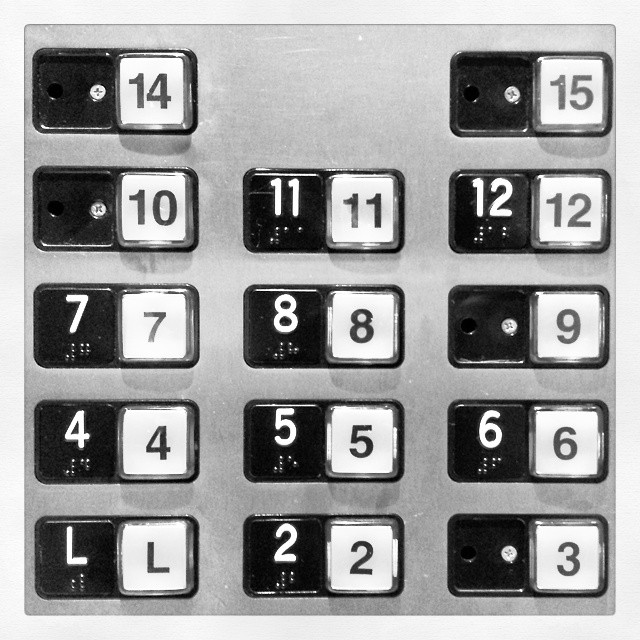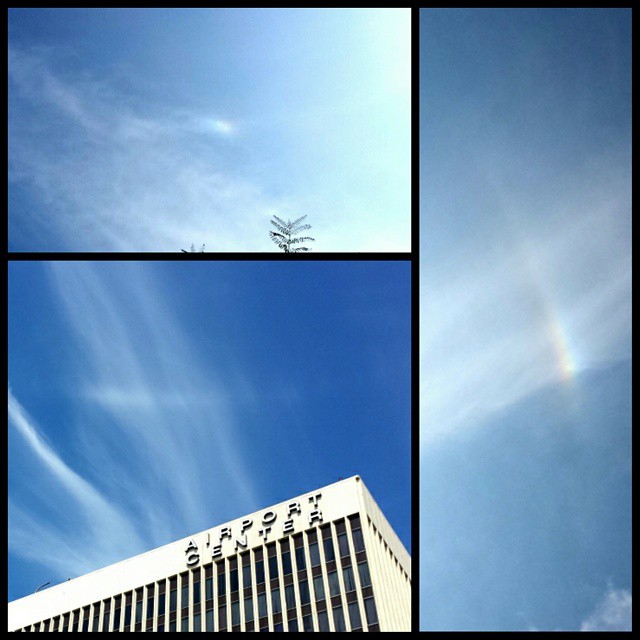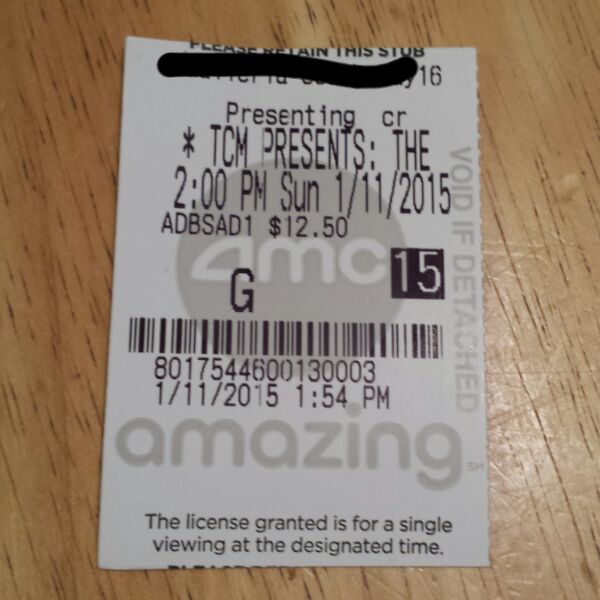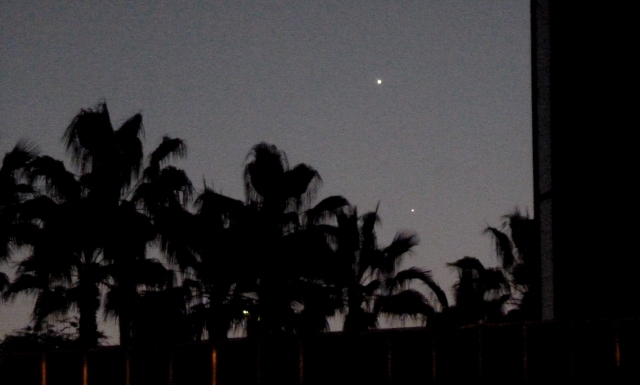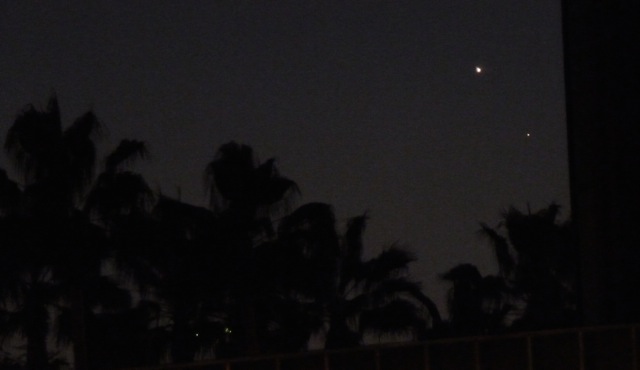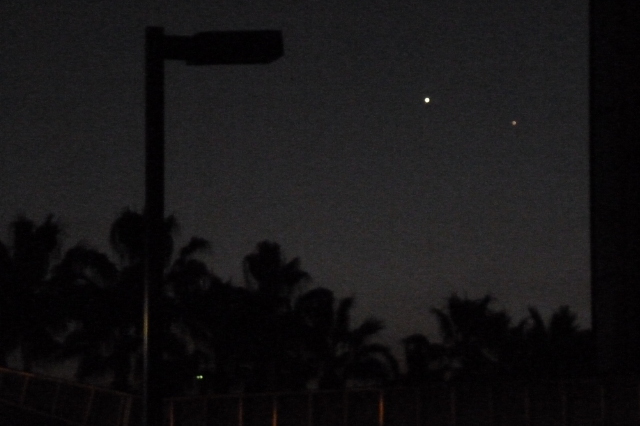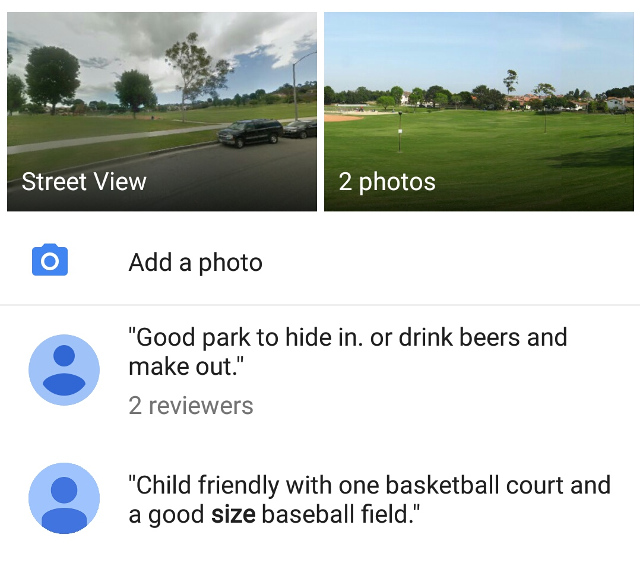In the last few weeks I’ve visited two “wilderness” parks in the South Bay area near Los Angeles. Both are islands of nature surrounded by suburbs, but they have opposite goals.
Madrona Marsh Preserve in Torrance is first and foremost a preserve. It’s the last remnant of the seasonal marshes that once covered the western part of the LA basin. It’s carefully maintained, but the goal is to assist the natural environment. Ponds form naturally during the winter and spring rains and dry out over summer. All kinds of waterfowl visit the pools during the wet season. The visitor center is outside the preserve, across the street, and the gates shut at 5 pm. Facilities inside the preserve consist of a storage shed, dirt trails, and an awning to shade plants that are being prepared for one section or another of the ecosystem. I took a zillion photos and narrowed it down to an of album of 25. Here are a few shots to show the range of habitats.
Hopkins Wilderness Park in Redondo Beach is much more focused on giving people the experience of nature. It looks and feels like some of the regional parks I’ve hiked, hilly with trees and chaparral, but an artificial stream runs into a concrete-lined pond near the entrance, stocked with koi and turtles and floating water plants. Food is available for feeding the fish and ducks. (Or maybe the teacher brought it – we were there with my son’s preschool class.) Some of the trails are paved with gravel. Overnight campsites with picnic tables and restrooms dot the park, and a large concrete amphitheater sits against one hill. Full album on Flickr, some selections here:
Both parks are nice to just get away from the city for an hour or two and relax. Neither is big enough to get lost in (or to be too far from the restrooms).
If you have a big group of kids, Hopkins is the way to go. It’s shadier, has picnic facilities, and when it comes down to it, the park is made for us. Pack your trash out, but feel free to sit on the logs, feed the fish, whatever. I’d only really recommend it to locals, though – there isn’t much to set it apart from other parks.
Madrona felt more like I was an observer: accepted, but apart. There’s more wild in it, which makes it more fascinating. Plus it’s so different from the hill/canyon sparsely-wooded parks I’m used to. I’d love to go back and see how different it is in summer [Update: I did], or after the ponds dry up for the year, or in a wetter spring.
